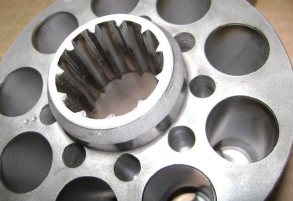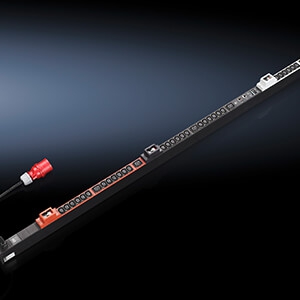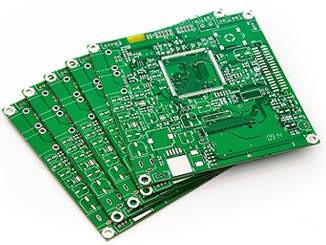- Contact 0870 350 7767
- |
- Advertise
All about Precious Metals
 News and PR from Businessmagnet.co.uk - Published 13 July 2016
A precious metal is a rare, naturally occurring metallic chemical element of high economic value. Chemically, the precious metals tend to be less reactive than most elements.
News and PR from Businessmagnet.co.uk - Published 13 July 2016
A precious metal is a rare, naturally occurring metallic chemical element of high economic value. Chemically, the precious metals tend to be less reactive than most elements.The best-known precious metals are the coinage metals, gold and silver. Although both have industrial uses, they are better known for their uses in art, jewellery, and coinage. Other precious metals include the platinum group metals: ruthenium, rhodium, palladium, osmium, iridium, and platinum, of which platinum is the most widely traded. The demand for precious metals is driven not only by their practical use but also by their role as investments and a store of value. Historically, precious metals have commanded much higher prices than common industrial metals.
Precious metals all have high densities (specific gravities ranging from silver at 10.5 to iridium at 22.6), relatively good corrosion resistance, good electrical conductivity, and relatively high value. Despite the latter factor, they are often economically acceptable because of their properties and performance in service. Scrap values are high and recycling is common.
Precious metals have a higher melting point than normal metals, which means that they require large amounts of heat and electricity to be melted and then reshaped. Gold, Silver and Platinum have a very shiny appearance (lustre), which is why they are used for ornamental art and jewellery. Their ductile quality means they can be shaped into any form without being broken.
Fineness is used to designate the purity of gold and silver in parts per thousand by weight; hence, 995 fine gold is 99.5% gold, and 925 fine silver (sterling silver) is 92.5% silver. Jewellery is specified in karats, where 1 karat is 1/24th part of gold; hence, for example, 18 karat gold is 75% gold.
Characteristics of precious metals:
A higher melting point than other metals
Softer in texture  which is also referred to as being ductile
More lustrous in appearance
Less reactive than other elements
Other announcements from Businessmagnet.co.uk
-
Aqua Dynamics Unveiling the Benefits of Waterjet Cutting in the EDM Industry
In the realm of Electrical Discharge Machining (EDM), precision and efficiency are paramount.
20 Feb 2024
-
A10 Series Adiabatic Coolers
Summit Process Cooling have recently supplied 2 off 18 fan A10 Series Adiabatic Coolers for a new extension at a major food manufacturer...
11 Feb 2021
-
Rapid assembly for secure distribution
Rittal has developed four compact PDU (Power Distribution Units) systems for professional power distribution in IT racks which will halve the time a system takes to assemble, compared to screw-in PDUs
30 Jan 2019
-
TWO 3.2 TONNE OVERHEAD CRANES IN A NEW HI-TECH TESTING FACILITY
Linian were asked by an aerospace company to quote for two 3.2 tonne overhead cranes in a new hi-tech testing facility. Headroom was critical as was maximising the floor coverage.
26 Oct 2016
-
OVERHEAD CRANE REFURBISHMENT FROM OLD TO NEW
Linian Crane and Hoist Company were approached by Tratos UK Ltd...
26 Oct 2016
-
SPECIAL OVERHEAD CRANE PROJECT
Linian Crane and Hoist Company were approached by Knowsley Engineering Services Ltd...
26 Oct 2016
-
SPECIAL LIFTING PROJECT DOMESTIC FITNESS SUIT
Dudden Construction Ltd was in the process of adding an extension to a cliff side property in Fowey, Cornwall...
26 Oct 2016
-
Benefits of circuit board recycling
Efficient circuit board recycling is becoming more necessary with the increasing quantities of electronic equipment being used in society.
13 Jul 2016
-
History Of The Printed Circuit Board
A printed circuit board (PCB) is a plastic board made for connecting electronic components together. These are used in almost all computers and electronics today.
13 Jul 2016












